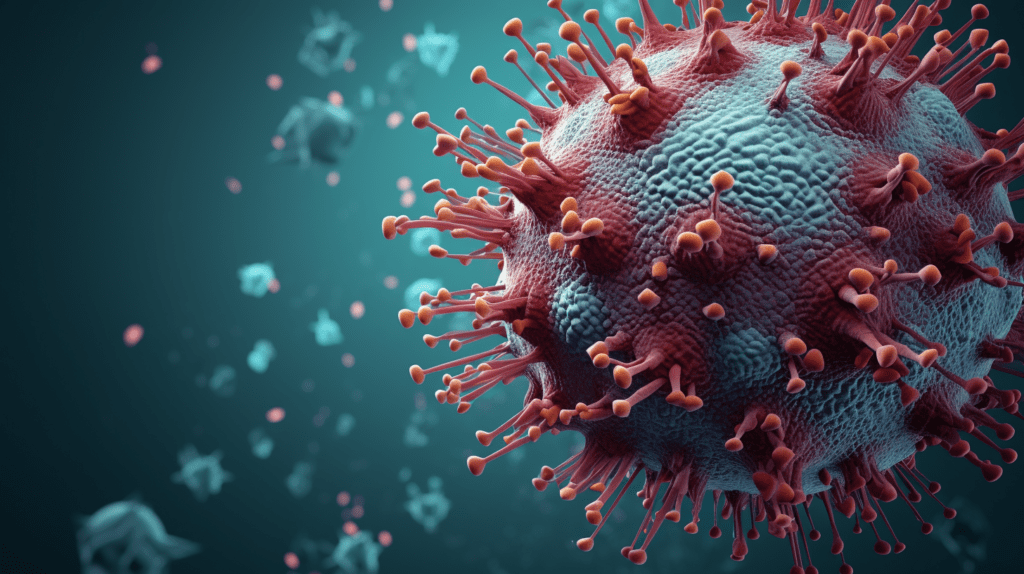The Tobacco Industry Research Committee (TIRC), which later became the Council for Tobacco Research (CTR), plays a pivotal role in the history of the tobacco industry, particularly in its efforts to counteract emerging scientific evidence linking smoking to serious health risks.
Established in December 1953, the TIRC was a key component of the tobacco industry’s coordinated response to increasing public concern and scientific research showing the adverse health effects of smoking. In the long run, the TIRC’s strategy would become a playbook for other industries that wanted to cast doubt on established science, from acid rain to the ozone layer to climate change denial — and beyond.

Formation and purpose
The formation of the TIRC was a strategic move by major American tobacco companies in response to a series of scientific studies in the early 1950s that demonstrated a link between smoking and lung cancer. This period marked a significant turning point as the public began to question the safety of smoking. In 1952, Reader’s Digest, one of the most widely read magazines at the time, published an article titled “Cancer by the Carton,” which contributed to a sharp decline in cigarette sales.
Facing a potential crisis, executives from major tobacco companies convened at the Plaza Hotel in New York City. This meeting led to the creation of the TIRC. Officially, the council aimed to promote and fund scientific research into the effects of tobacco use. However, its unstated, primary goal was to cast doubt on the growing evidence linking smoking to health problems, thereby protecting the industry’s interests.

Activities and strategies
The TIRC, and later the CTR, engaged in several key activities aimed at controlling the narrative around smoking and health:
- Funding Research: It provided grants for scientific studies in various fields, ostensibly to understand better whether and how smoking posed health risks. However, this research was biased in direction and often focused on alternative explanations for the causes of diseases like lung cancer, suggesting they could be due to factors other than smoking.
- Public Relations Campaigns: The TIRC orchestrated extensive public relations campaigns to reassure the public of the safety of smoking. It emphasized that there was no definitive proof linking smoking to cancer, suggesting that more research was needed. This strategy effectively used scientific uncertainty to maintain public trust in tobacco products.
- Influencing Scientific Discourse: The TIRC/CTR often attempted to influence the scientific discourse by publishing articles and reviews that questioned the link between smoking and disease. They also organized conferences and meetings where they could promote their narrative.
- Legal and Regulatory Influence: The organization worked to influence legislation and regulation related to tobacco use. By casting doubt on the science linking smoking to health risks, they aimed to forestall or weaken public health measures against smoking.
Impact and legacy
The legacy of the TIRC/CTR is marked by its success in delaying public acknowledgment of the health risks of smoking. For decades, the tobacco industry managed to sow doubt about the scientific consensus, affecting public health policies and contributing to continued tobacco use worldwide. This strategy of manufacturing doubt has been emulated by other industries facing similar challenges — leading to a wider cultural practice of science denialism.
In the late 1990s and early 2000s, internal documents from the tobacco industry, including those related to the TIRC/CTR, were finally made public through litigation. These documents revealed the extent to which the industry was aware of the health risks associated with smoking, and its extensive, decades-long efforts to conceal this knowledge from the public.
Tobacco Master Settlement Agreement (1998)
The Tobacco Master Settlement Agreement of 1998, a landmark legal settlement between the major tobacco companies and 46 states, led to significant changes in how tobacco products are marketed and sold in the United States. It also resulted in the dissolution of the CTR and established the American Legacy Foundation (now known as the Truth Initiative), aimed at preventing tobacco use and encouraging cessation.
The TIRC/CTR’s history is a critical chapter in understanding how corporate interests can influence scientific research and public health policy. It serves as a cautionary tale about the importance of transparency, integrity in scientific research, and the potential consequences of allowing economic interests to overshadow public health concerns.
















